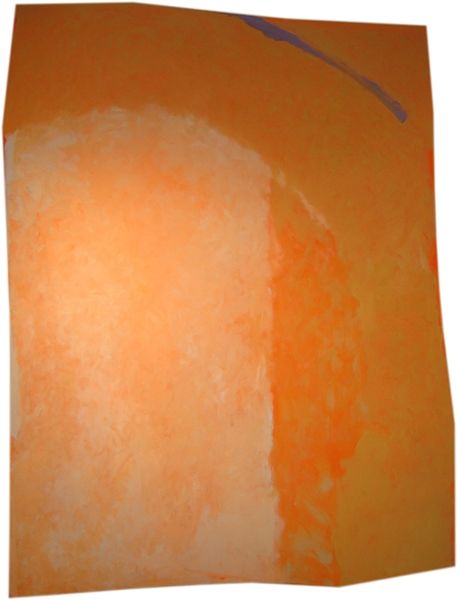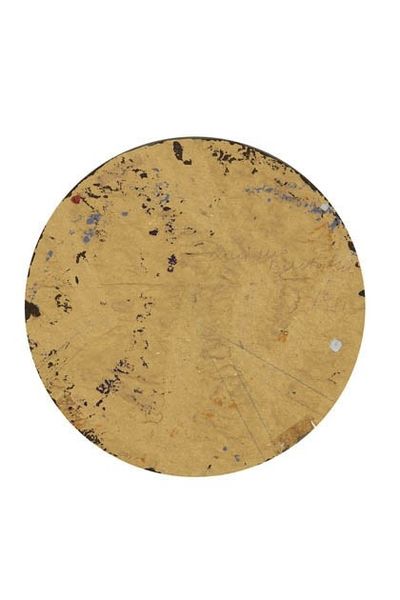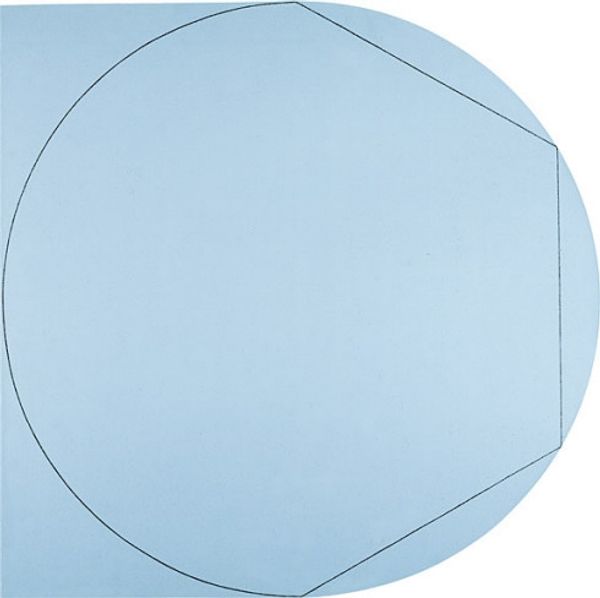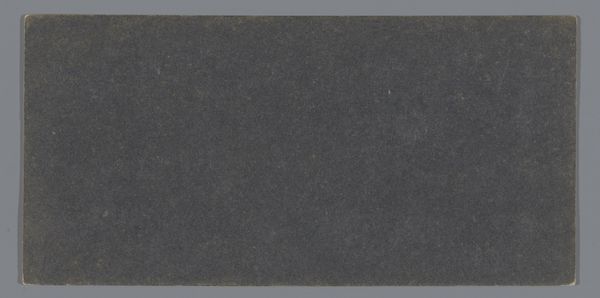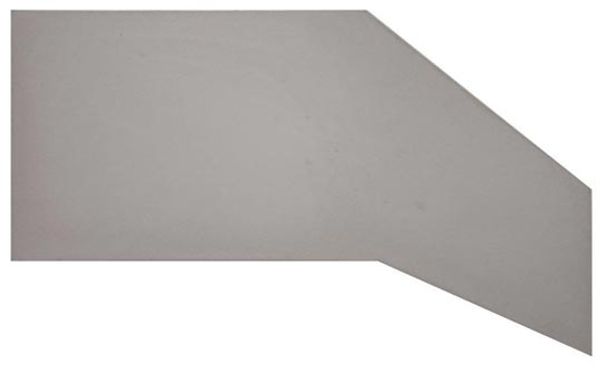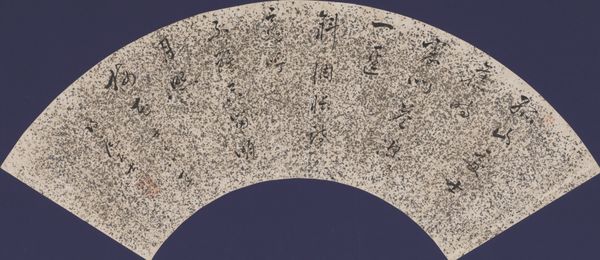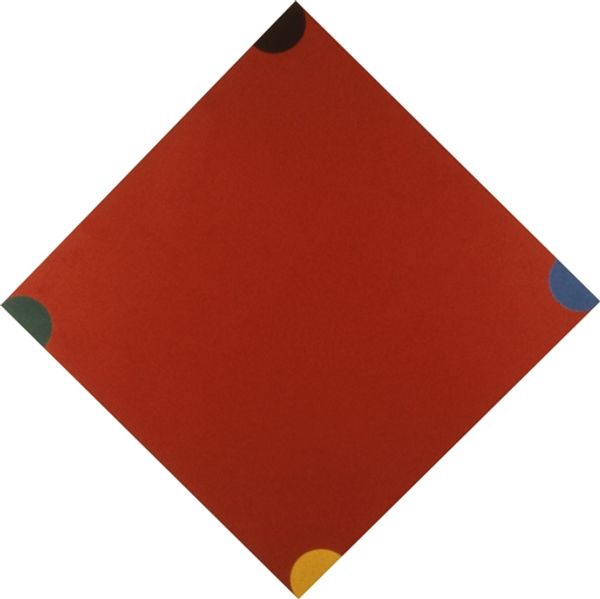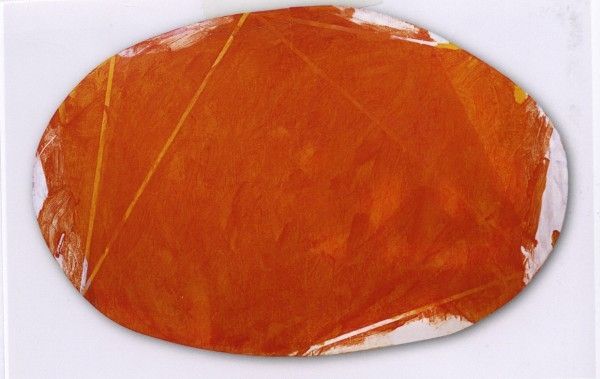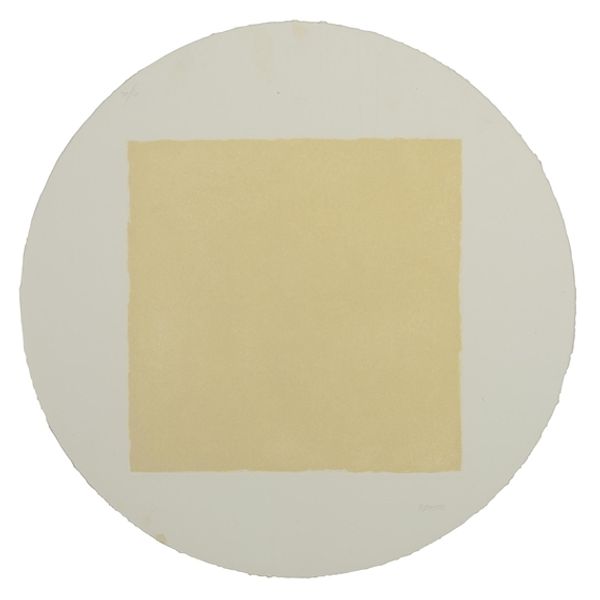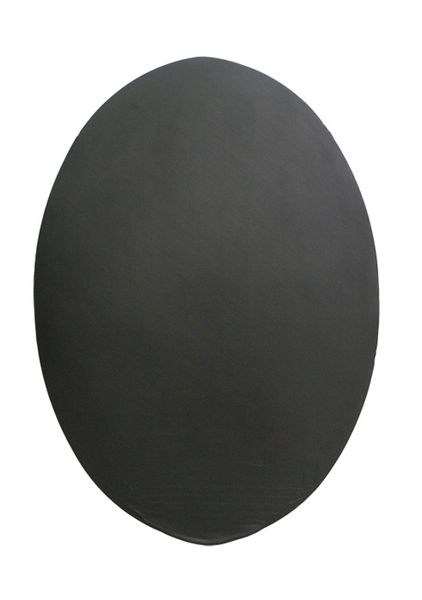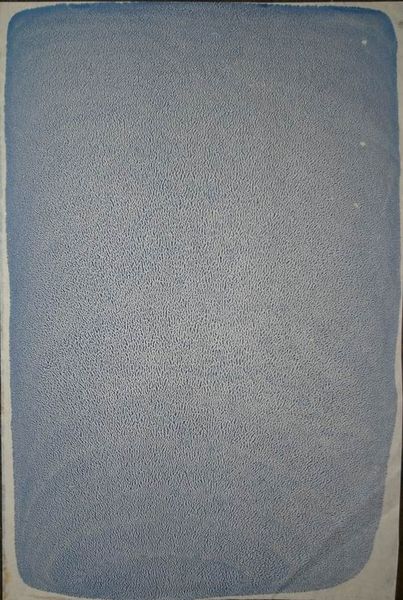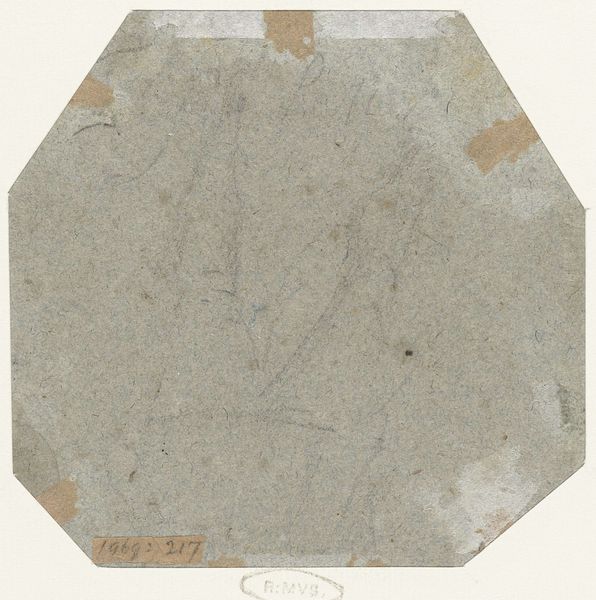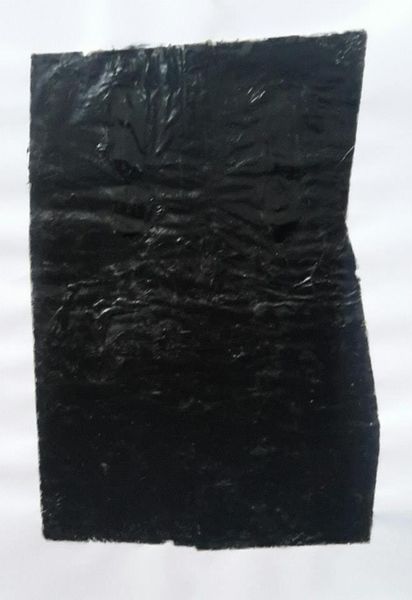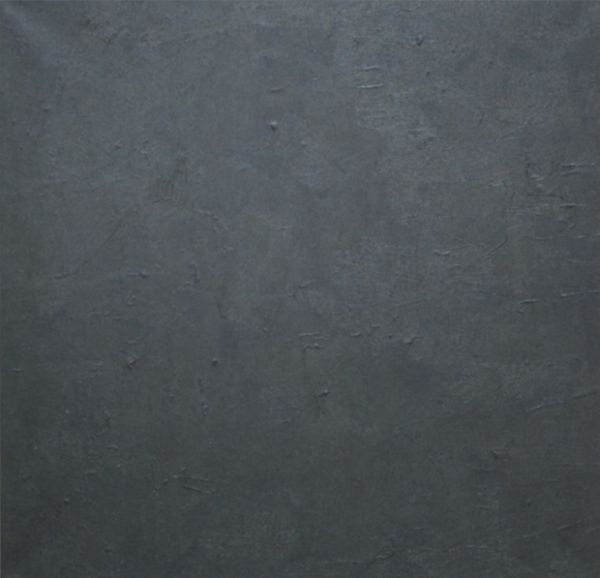
Copyright: Rodolfo Arico,Fair Use
Editor: Rodolfo Arico's "Poligonale," created in 1993 using acrylic paint, really catches my eye. The muted grey polygonal shape is punctuated by these vibrant orange marks, and it almost feels like the piece is challenging the idea of perfection within geometric abstraction. What do you see in this piece, especially concerning its historical context? Curator: Well, it's fascinating to consider Arico's "Poligonale" in light of the late 20th-century art world. Postmodernism questioned grand narratives, so a piece like this challenges the utopian ideals often associated with early geometric abstraction. The seemingly imperfect polygon, those almost accidental splashes of color, resist the cold, industrial aesthetic of some modernist hard-edge painting. Editor: So it’s a commentary on Modernism’s failures? Curator: It's more nuanced than just failure. Think of how the museum system itself evolved. Early abstract art was often seen as revolutionary, a break from the past. But by the '90s, abstraction was institutionalized. Arico's piece can be interpreted as a subtle critique of this, a "matter-painting" that highlights the imperfections and the physical reality of the artwork itself. How does this affect how we should view it within an exhibit space? Editor: That’s such an interesting perspective. It makes you wonder if he intended this subtle pushback against the established norms. Curator: Absolutely. Artists often engage in a silent dialogue with art history and the structures that support it. Considering Arico’s position during this transition highlights art's constant conversation with its own history. Editor: I’ve definitely gained a new appreciation for Arico's statement on abstract conventions and the role museums have in shaping art. Curator: Indeed, understanding the historical and social context enriches our viewing experience, revealing layers of meaning within seemingly simple geometric forms.
Comments
No comments
Be the first to comment and join the conversation on the ultimate creative platform.
